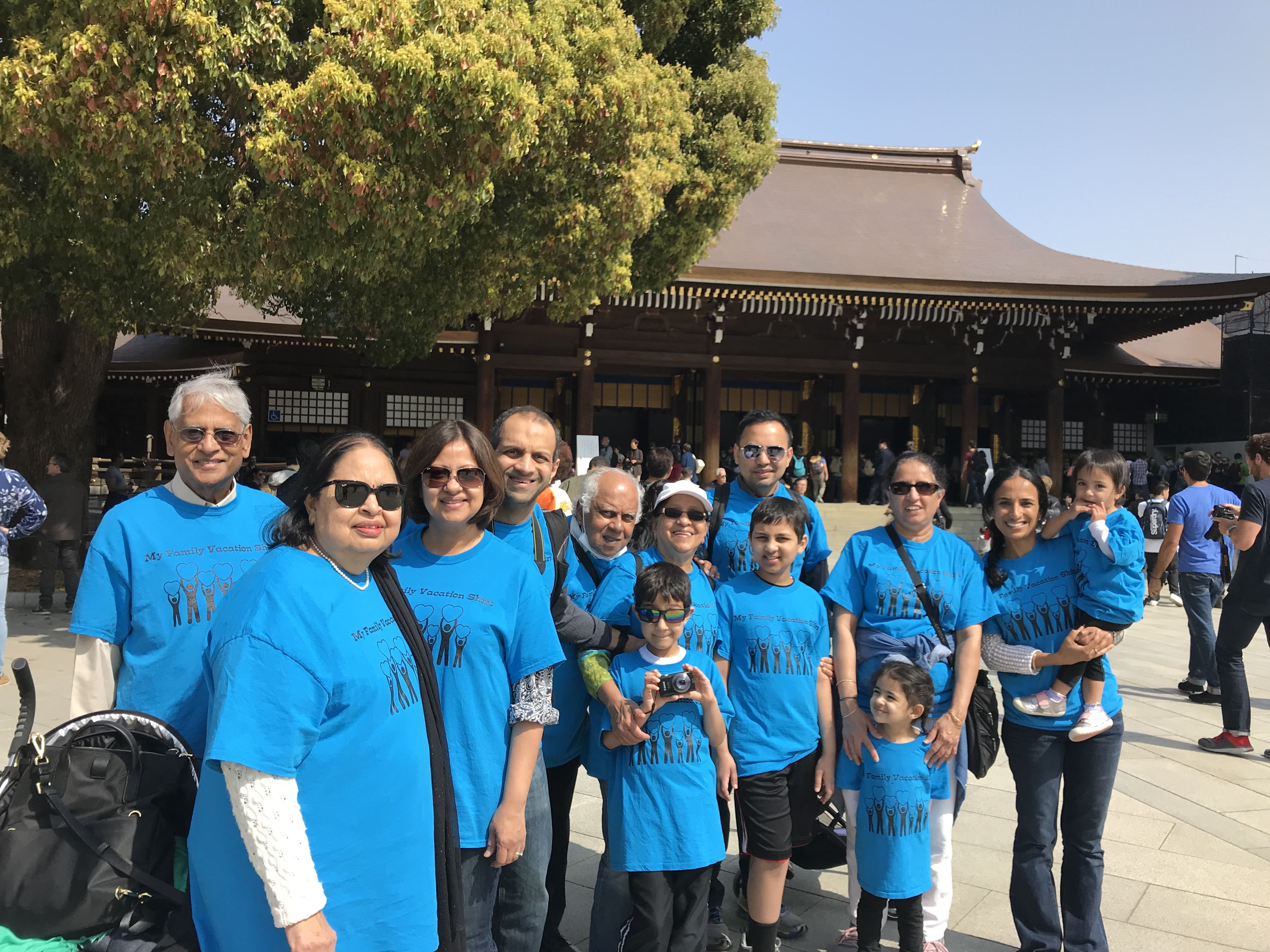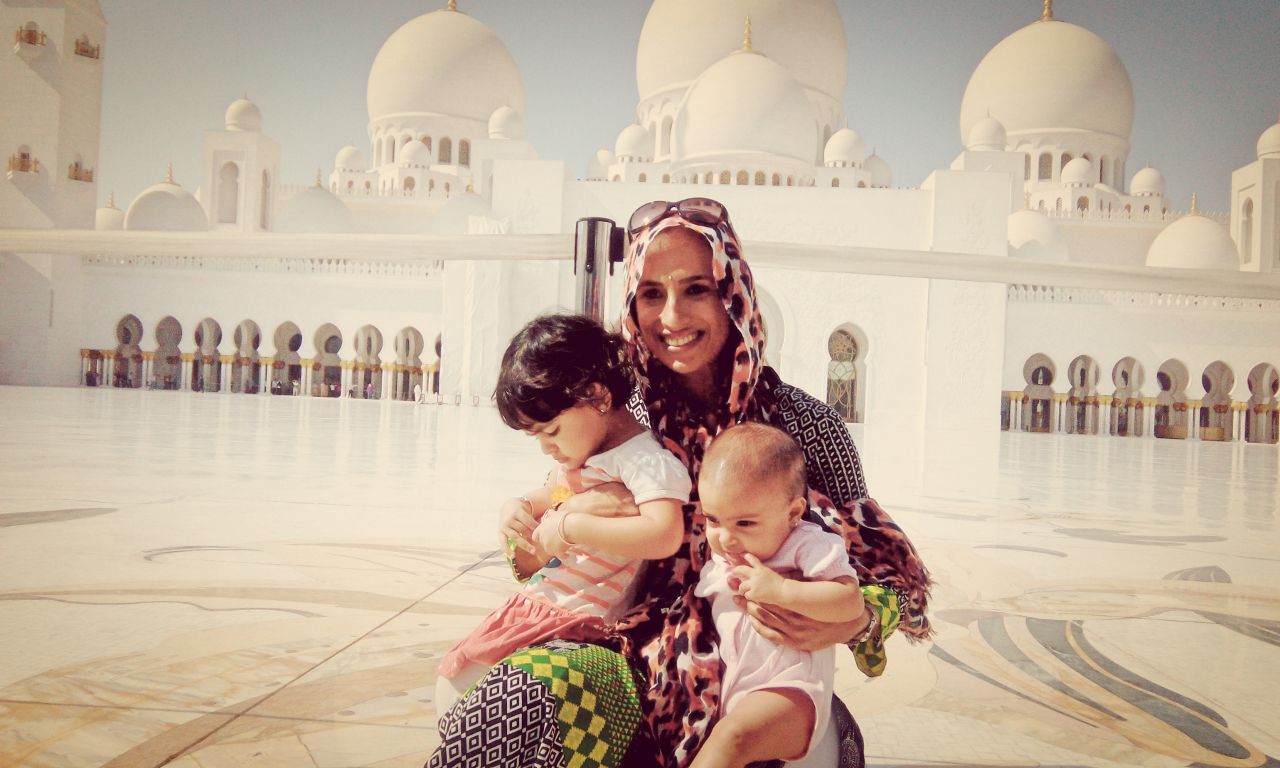Asian American Heritage Month - Facts, Reflections, and Activities
Can you believe it is already June? The month of Father’s Day, graduation days, Juneteenth, the start of summer, and my birthday to kick off the month!
May was a special month- Cinco de Mayo, Mother’s Day, Memorial Day, Eid, and something I hold close to my culture- AAPI Month-- Asian American Pacific Islander Heritage Month. A month to celebrate the history, culture, foods, arts, music, dances, languages, and so much more diversity from the continent of Asia- which is where I am from!
Did you know these facts about Asia?
- Asia is the world's largest continent.
- Asia comprises 30% of the world's land area with 60% of the world's current population. 4.5+ Billion! China and India being the two most populated countries in the world!
- There are 48 countries in Asia that are recognized by the United Nations. Two of these countries also share part of their territory on the European continent; these countries are Russia and Turkey.
- There are so many religions in Asia such as Hinduism, Islam, Shinto, and others which exist around the world!
- There are over 2,400 languages recognized in Asia with tens of thousands of dialects.
My reflections as an Asian- American:
- People wonder- wait, you are Asian? Yes- India is located on the continent of Asia. And thus, I am Asian American. I am also proud to be a part of the greater BIPOC community.
- Growing up- I did not understand why society (and “boxes on application forms”) struggled to see me as Asian and thus I didn't quite understand it myself.
- Some more advanced “ethnicities” that I have seen reflected on paper over the years include “South Asia”- subcontinent of Asia which includes India, Pakistan, Bangladesh, and Sri Lanka. This I can more connect with, but this is not always included in the standardized classification box. So, by default, Indians are Asians.
- I think this is something many adults can relate to- especially those of us who were immigrants- identity conflicts. Am I Indian or American or can I be both? I used to think it was just me, but the more I talked about it, the more I realized that it is a common feeling. Thus, it is so important to share your thoughts, feelings, and questions which help not only learning, but also appreciation.
- Now as a parent, I appreciate the value of embracing a month that celebrates my heritage. A month not only for my kids to learn but for all of us to learn as well.
- Where are we today? Did you also know that Asian-Americans have been victims of decades of discrimination, with 150% increase in hate crime in 2020. By no means is this meant to compare to the hate crimes against other minority groups... but as minorities, Asians also experience hate. I have lived it first hand.
- Thus, a month dedicated to Asian-American heritage can help bring awareness and education to many who may have minimal exposure to people of Asian descent and/or Asian education.
Before I share insights on a fun global educational activity from home, I wanted to share some facts about two Asian countries that highlight the breadth of diversity on one continent. I have visited both of these countries and appreciate both of them for different reasons. Both of them are included in the “Around the World in 60 Minutes" program.
Let’s learn more about Japan- some quick facts:
- Did you know that Japan is an island country? Japan spans an archipelago of 6,852 islands.
- Tokyo is Japan's capital and largest city- and it's just awesome! Kyoto is simply amazing too!
- Japan is the 11th most populous country in the world, as well as one of the most densely populated and urbanized.
- Shinto (see picture below) and Buddhism are the two main religions and Japanese is the national language.
- The name for Japan in Japanese is pronounced Nippon or Nihon- translates to the Western phrase "Land of the Rising Sun". When we went in late March/early April- the sunrise was at 4:40am!
- Japan is the home of saki, sushi, cherry blossoms, kobe beef, Super Mario Brothers, noodles such as ramen and udon, and two of my favorites...matcha and mochi!
- What I appreciated about Japan- Although we were the only Brown people in sight, stood out in all the crowds because we were a big group of 13 people and always speaking loudly in our native Indian language, we felt like we fit in. We couldn’t read the menus at restaurants nor the signs on the subway, but yet we still felt comfortable. So much of what society loves today originates from Japan- so it was a great historical and cultural experience.

Let’s learn about the United Arab Emirates- some quick facts: I chose UAE first because Eid al-Fitr was celebrated in May.
- There are a total of 7 Emirates (e.g. states) … the capital city is Abu Dhabi. The most commercialized tourist center is Dubai.
- Islam is the national religion and Arabic is the national language.
- Dubai has the world's tallest structure and building, the Burj Khalifa. Abu Dhabi has the Sheikh Zayed Grand Mosque. This mosque was built to convey and embody the Islamic message of peace, tolerance and diversity (see picture below).
- While most people just experience the main tourist areas in Dubai and Abu Dhabi… and there is a lot to see!! There are a lot of other beautiful places such as the Hot Springs and endless desert in Jebel Hafeet and Liwa Oasis.
- Eid was celebrated in May- A joyous festival at the end of Ramadan and celebrated by over a billion Muslims around the world. Ramadan was a month of dedication, prayer, fasting, sharing, and all giving to all those who don’t have.
- What I appreciated about the United Arab Emirates: Over the last many years, I have been to the UAE dozens of times to visit my family. What I have seen is how this country has transformed in the last 25 years- from the amount of buildings, famous landmarks, cultural sites, and is a global community cultivating a new country with the different people that live there. UAE is an access point to the world being that it is centrally located for travel and Dubai is specifically a great stopover when traveling to Africa and Asia.
I want to reference a great article by Parents magazine Values to Teach Kids by Age 10 which directly aligns to why global knowledge and learning about other religions are so important and how it integrates with core life values. Specifically on curiosity, respect, and empathy.
- Curiosity- Jana Mohr Lone, Ph.D., emphasized that “both you and your child can learn a lot from bringing curiosity to the table, as you can offer an outlook based on your life experience, while they can see things in a more open and imaginative way.”
- Respect- While all parents want their kids to carry certain values, Dr. Mohr Lone notes that “it's also important for kids to learn how to respect those who see the world a little differently. There are a number of contrasting ways of seeing the world that all have very good reasons and are valuable," she says.
- Empathy- As the article states- The ability for a child to understand and connect with the feelings of another person helps build the foundation for strong relationships in their lives.”
What is an approach to bring diversity of Asia and the world to our home? While there are various ways to teach children about a specific continent- I thought to take a different approach and focus on religious diversity. This is not just for Asia- but relevant across the world. Let's start with just the names of the various world religions. People ask- why start with religions, it is a sensitive topic? My point exactly!
- Learning about other religions actually can strengthen the understanding of one's own faith and embrace others.
- More importantly, we need to know the fact that not everyone believes in what we do and that is a beautiful thing. This can normalize diversity and remove certain taboos for children at a young age.
- Even if your children are not exposed to their surroundings by people who may have different religions/cultures, this presents an opportunity to take the global approach to foster inclusivity to embrace all different kinds of people.
- It is the role of the parents to ensure their kids are taught to have an open mind and be curious, and see people for who they individually are rather than assume that everyone is the same.
- This type of exposure is something all parents can do from home. Although we all have our personal beliefs and religion- being curious to learn about others’ beliefs shows respect and empathy while also being able to share about one self. Everyone is proud of who they are and it is our uniqueness that makes us beautiful.
Then, the question becomes- how can I teach my children about religions with basic knowledge. Guess that- that is all you need! You can just start with basics such as:
- What are the names of the world’s major religions? See the video of my 4-year old daughter Shriya sharing the names of the world's major religions- many of them are in India!
- What are their respective places of worship called? This is something I was exposed to as a young child because I was the only Hindu and Indian in my school. Thus, I wanted to learn more about the world so I didn't feel alone in hopes to connect with others. As an adult, I made sure to visit all these places of worship in my travels. You realize that as we are many, we are one. <See the names below which are in order from left to right of the symbols.>
- Mandir/Temple- Hinduism
- Mosque- Islam
- Church / Cathedral- Christianity / Catholicism
- Synagogue/Temple- Judaism
- Dàoguàn/Temple- Taoism
- Gurdwara/Temple- Sikhism
- Shinto Temple- Shinto
- Monastery/Temple- Buddhism
- Derasar/Temple- Jainism (not pictured below)
- Houses of Worship/Temple- Baha'i (not pictured below)

- How can you connect children to all these places of worship in a way that makes it educational and fun: Leverage symbols/ images that represent the religions. This image is something that my kids viewed, drew, and colored.
- Activity: Ask your kids to create a “stamp” that describes peace around the world (see image above- my daughter included a dove and peace symbol as well).
- Many kids enjoy artwork and stamps are a great way to learn about the world.
- This was a helpful exercise to introduce the world’s religions with something they connect with- cool symbols that enabled them to learn the name of the specific religion.
- Why is this helpful?
- Kids not only gain a global education lesson, but they can connect with these symbols as they would street signs and emblems of superheroes (e.g. like S is for Superman).
- Again, going back to the concept of “normalizing” and removing taboos/biases at a young age. While global religions can be a deeper conversation, they do not have to be. The symbols can become part of their standard knowledge base and expand the mindset to the diversity of the world.
“Even a sprinkle of knowledge can open up a world of curiosity. And that starts with you as parents and educators. Let’s let our uniqueness unite us, not our differences divide us.”- Lakshmi Natarajan
Congrats to all of our children for staying resilient during an interesting school year! Happy Father’s Day to all the dads and male role models! Have a wonderful summer and let’s continue to raise global citizens together.


